High-tech workforce is essential for the supporting industry sector
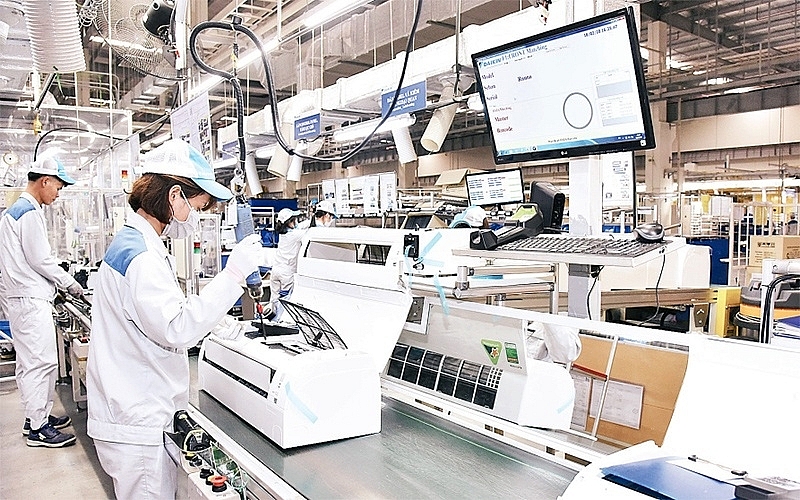 |
| High-tech human resources enable businesses to improve their production capabilities and compete confidently |
Shortage of skilled labor
This is the main topic of discussion at the seminar "Enhancing the quality of human resources in the supporting industry" organized by the Vietnam Trade and Industry review on October 12.
Cao Van Binh, Director of the Industrial development support center, Industrial Bureau (MoIT), stated that Vietnam was currently in the golden population period, with approximately 54% of the population in the working age group. However, the workforce with technical qualifications and high-level skills is limited in terms of both quantity and qualifications. This is a significant barrier for many businesses operating in mechanical engineering, processing and manufacturing, and the electrical and electronic component sectors.
The lack of human resources with specialized qualifications and high-level skills has caused many businesses to expend significant resources and costs. After recruiting employees, they often require further training to match the company's professional requirements and production objectives. While the Industrial Bureau, MoIT, recently assigned the Industrial development support center to implement business support programs, including advanced workforce training, the number of experts and engineers trained remains limited compared to the large number of personnel that the industry needs.
In the electronic sector, Phung Anh Tuan, Deputy Director of Manutronic Vietnam JSC, noted that there were many requirements and standards set for electronic businesses. High-quality human resources are a matter of survival for companies wanting to participate in the supply chain. Vietnam is an attractive destination for companies and corporations worldwide that are shifting their supply chains globally. This shift creates both opportunities and challenges, including meeting high quality standard requirements from partners
To meet this, businesses need to have certain resources to access scientific and technical knowledge and to receive and transfer technologies from corporations shifting to Vietnam. Therefore, high-quality human resources are one of the core values that can determine success and seize opportunities.
From a business perspective, Le Quy Thanh, Director of the TOMECO An Khang Factory, pointed out that the supporting industry is highly systematic, professional, and part of a larger supply chain. Therefore, human resources in this sector must have extensive knowledge and understanding to meet chain standards and requirements. Thanh stated that businesses always have a desire to use high-quality human resources in their production and business activities at all levels, from senior management to direct laborers.
“Unbalanced” in quantity and quality
From an educational perspective, Dr. Kieu Xuan Thuc, Rector of the Hanoi University of Industry, believed that there were two challenges regarding quantity and quality in the issue of human resources in the supporting industry. The first is a challenge related to quantity. There might be few graduating students while businesses have high labor demands, making it difficult for them to recruit workers. Conversely, there could be many graduating students when the labor demand of businesses is low, leading to an oversupply of labor. The second challenge pertains to quality. This involves situations where graduating students may not yet possess certain skills or qualities that businesses desire.
To bridge this gap, a cooperative effort is needed from both businesses and educational institutions. The Hanoi University of Industry, for instance, is actively connecting with businesses throughout the entire training program development and operation process, increasing the employment rate of graduates significantly.
In order to develop consistently high-quality human resources and ensure consistent input and output results between trainees, students, and businesses, Cao Van Binh suggested the need for information sharing and cooperation between businesses and educational institutions regarding labor recruitment needs during their business operations.
Furthermore, in some cases, the level of salary or the expenditure budget might not be appealing, which can limit businesses from hiring high-quality labor. Therefore, businesses also need mechanisms and solutions to attract high-quality labor forces to serve their production and business activities.
To address the issue of human resources quality in the supporting industry, experts emphasized the importance of connecting educational institutions with businesses and society. It's crucial to establish mechanisms, incentives, and promote links between educational institutions and businesses, connecting vocational education with the labor market, and increasing business participation in vocational education activities. This will help address labor force challenges and contribute to the development of the supporting industry.
Additionally, there is a need for comprehensive spatial planning to allocate and determine the development scale of industrial areas by regions. This restructuring will help improve the quality of human resources and transform Vietnam into a regional and global production hub within the supply chain. In the broader picture, policies are required to facilitate Vietnamese companies to participate more deeply in the supply chain.
This approach will enable a highly skilled labor force through in-depth training and better skills. Furthermore, attracting selective FDI with a focus on high technology and a spillover effect with the market will contribute to enhancing the quality of the labor force.
Related News

Exchange rate risks need attention in near future
16:31 | 15/02/2025 Import-Export
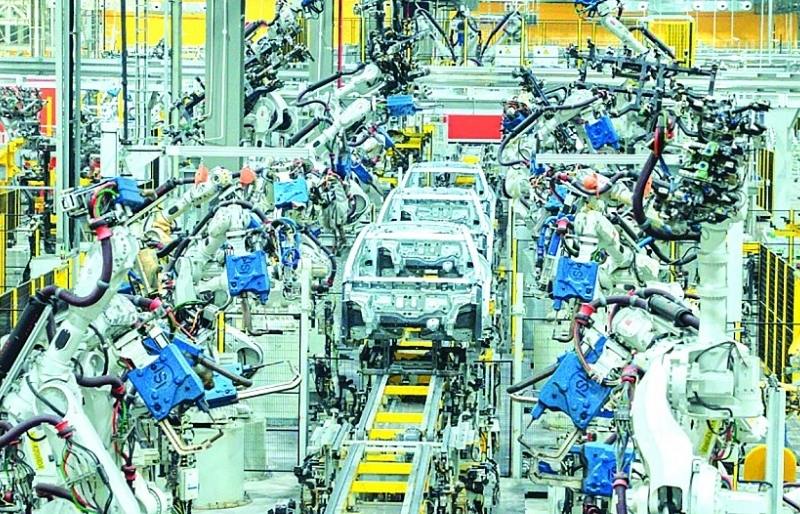
Automobile localization: rapid development from internal strength
07:44 | 31/12/2024 Headlines
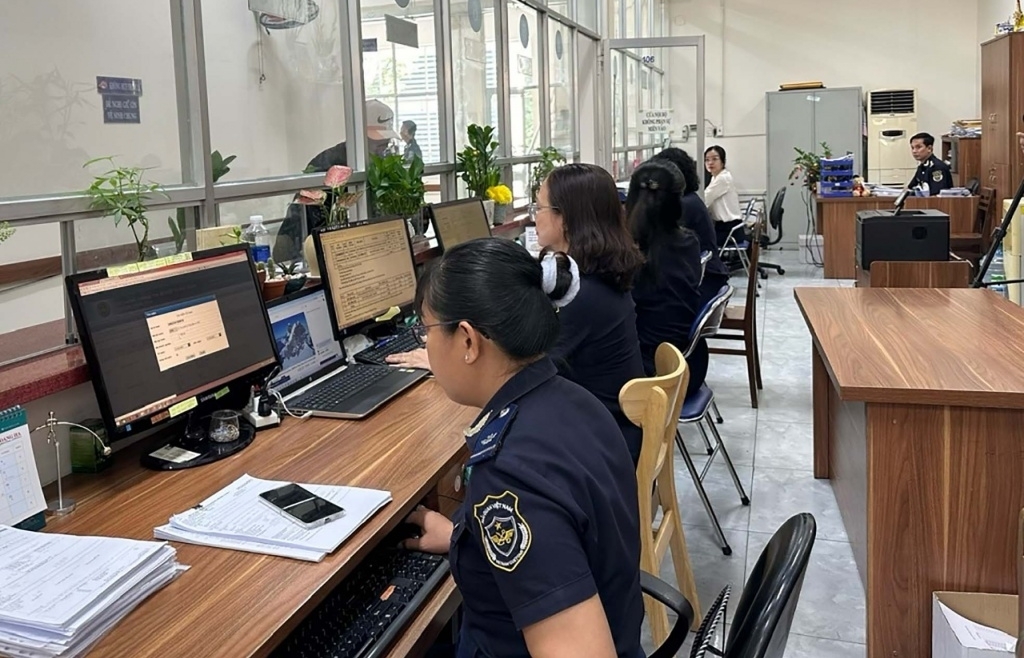
Numerous FDI enterprises face suspension of customs procedures due to tax debt
09:57 | 18/12/2024 Anti-Smuggling
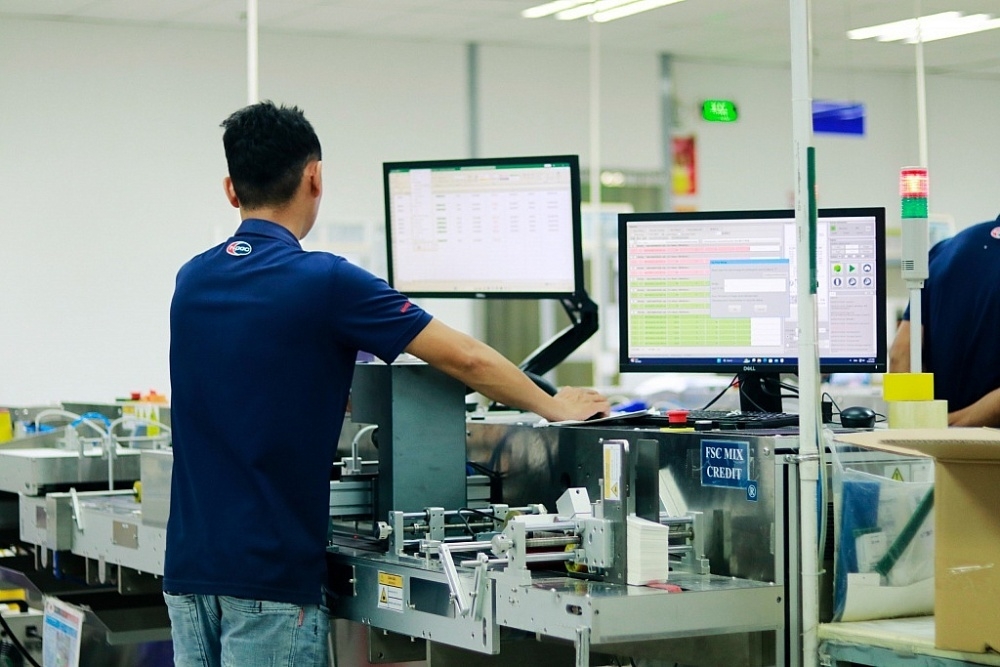
Prioritizing semiconductor workforce training
09:16 | 15/12/2024 Headlines
Latest News

Embracing green exports: a pathway to enter global supply chains
10:33 | 20/02/2025 Import-Export
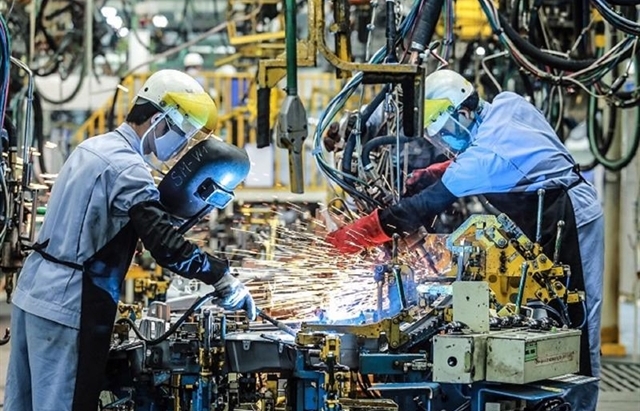
New policy proposed to prevent transfer pricing, tax evasion of FDI enterprises
10:32 | 20/02/2025 Import-Export
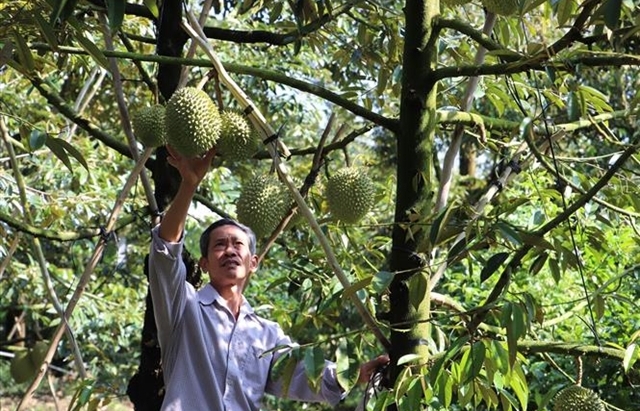
Việt Nam’s durian exports to China plummet by 80%
16:18 | 19/02/2025 Import-Export
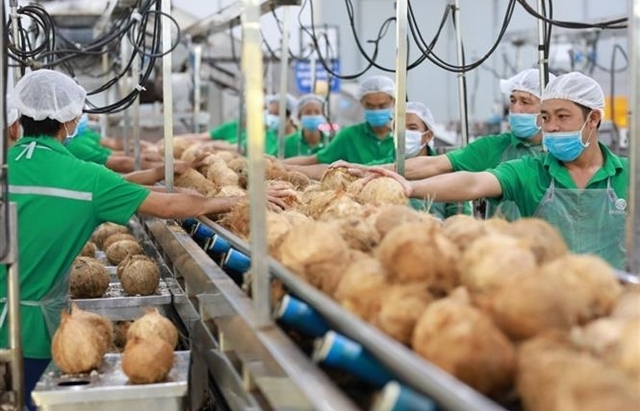
Coconut exports reach 14-year high
15:29 | 18/02/2025 Import-Export
More News

Shrimp exports grow in the first month of 2025
15:28 | 18/02/2025 Import-Export
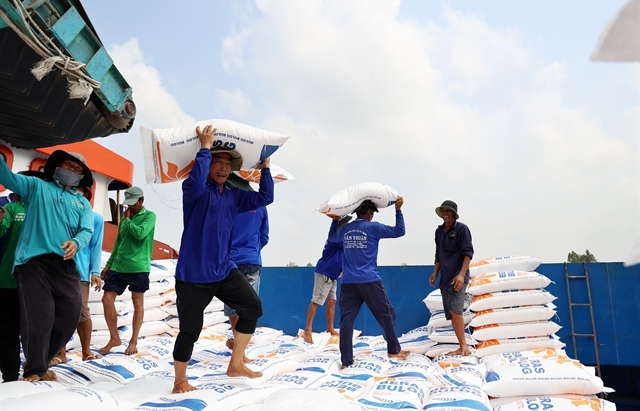
Rice export prices drop, but decline expected to be short-term
08:10 | 17/02/2025 Import-Export
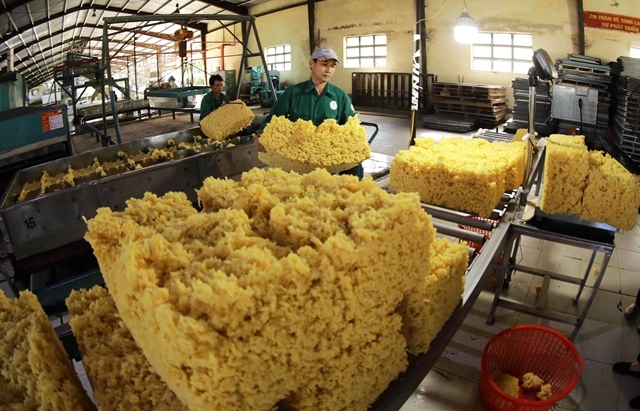
Key agro products expected to maintain export growth this year
08:08 | 17/02/2025 Import-Export
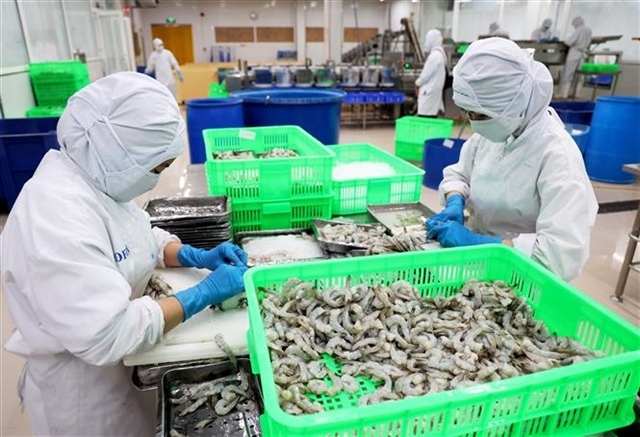
EU issues 12 warnings against Việt Nam’s food and agricultural exports
08:07 | 17/02/2025 Import-Export
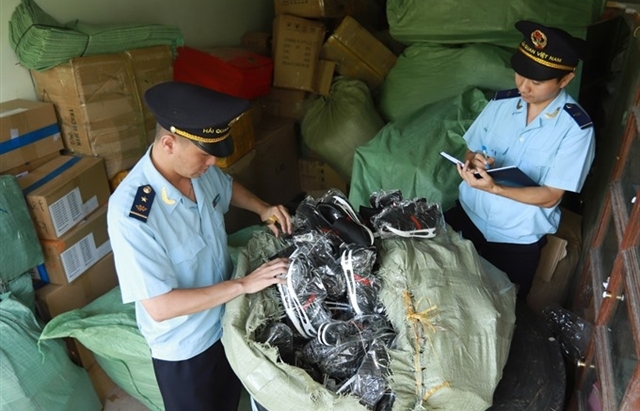
Việt Nam to impose VAT on low-value express-imported goods
08:06 | 17/02/2025 Import-Export
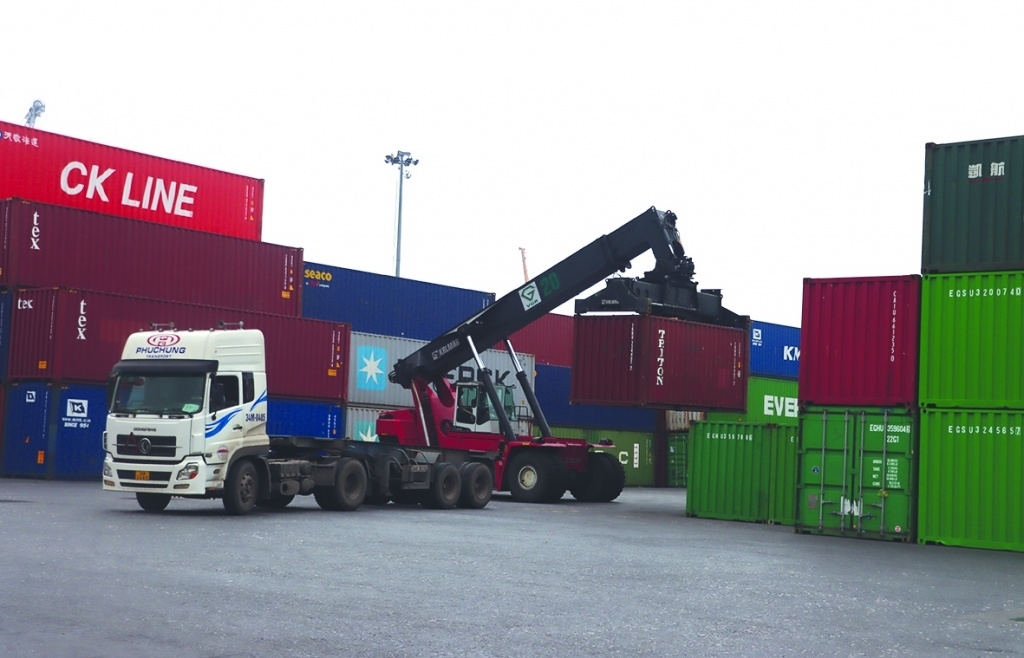
Vietnam kicked off the year with a strong start in trade, exceeding US$63 billion in the first month
16:30 | 15/02/2025 Import-Export

Import and export turnover reaches about US$29 billion in the second half of January 2025
14:52 | 14/02/2025 Import-Export

Market edges up slightly as liquidity remains low
14:48 | 14/02/2025 Import-Export

Business regulations must be trimmed for development of enterprises: Experts
14:46 | 14/02/2025 Import-Export
Your care

Embracing green exports: a pathway to enter global supply chains
10:33 | 20/02/2025 Import-Export

New policy proposed to prevent transfer pricing, tax evasion of FDI enterprises
10:32 | 20/02/2025 Import-Export

Việt Nam’s durian exports to China plummet by 80%
16:18 | 19/02/2025 Import-Export

Coconut exports reach 14-year high
15:29 | 18/02/2025 Import-Export
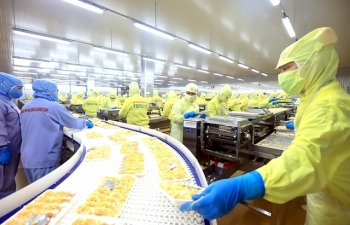
Shrimp exports grow in the first month of 2025
15:28 | 18/02/2025 Import-Export
